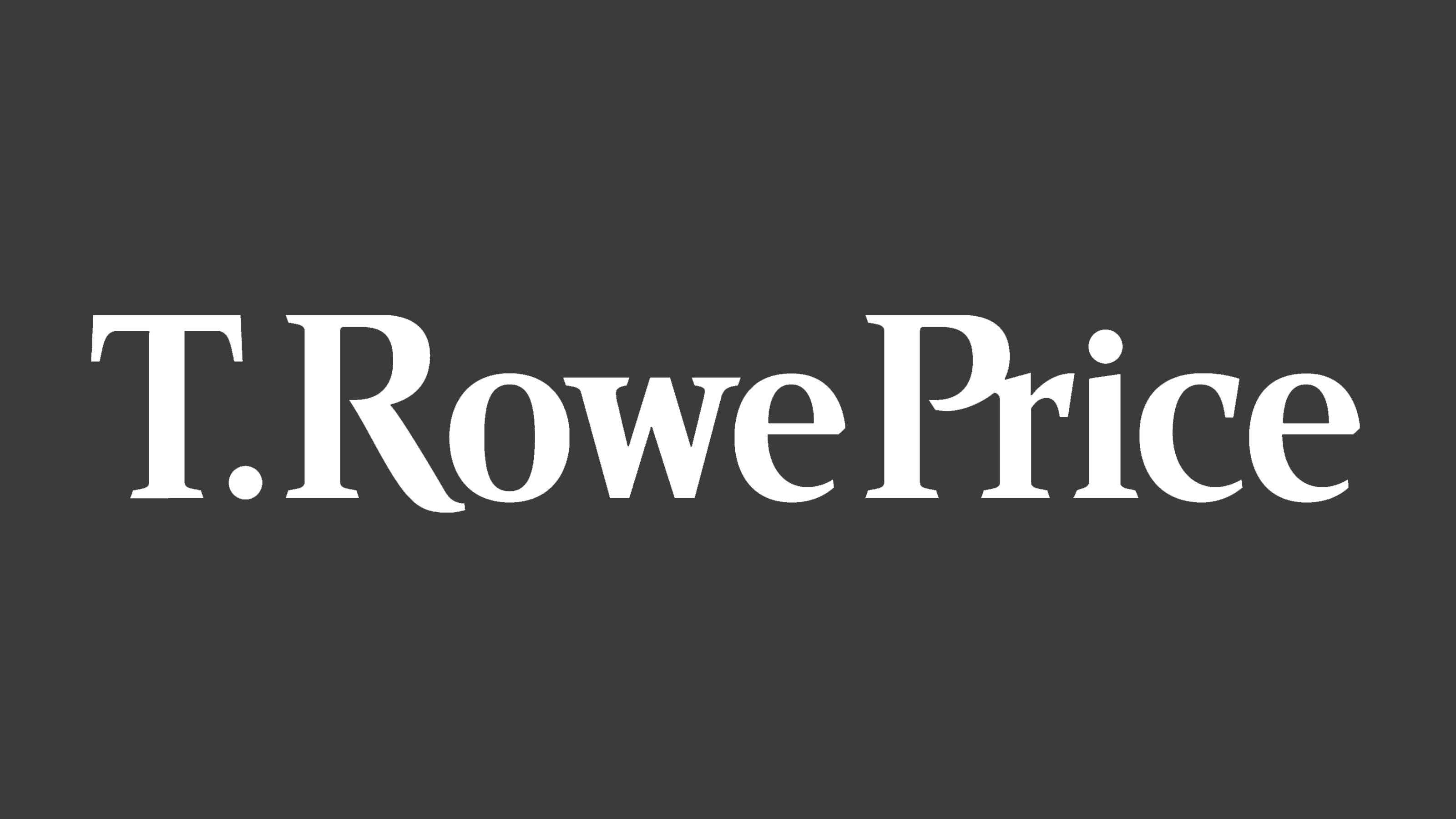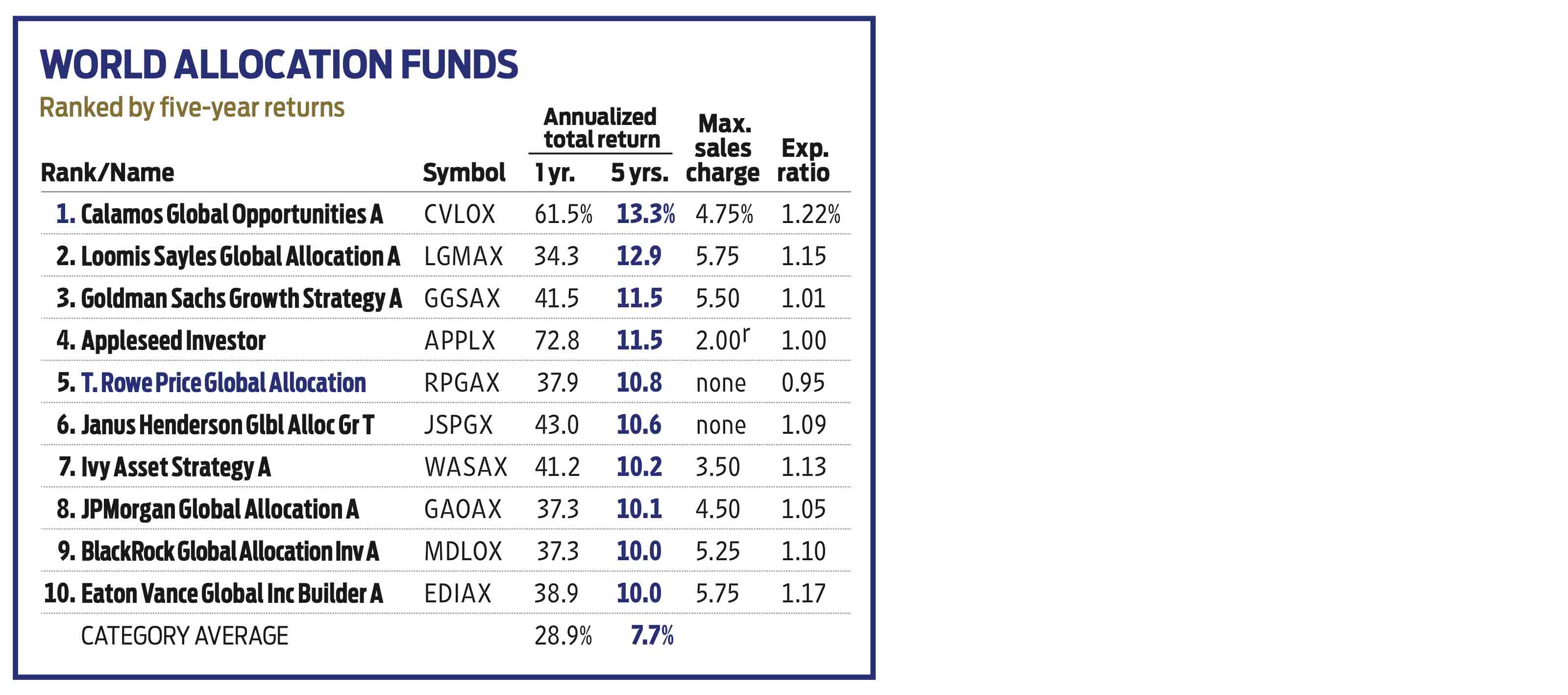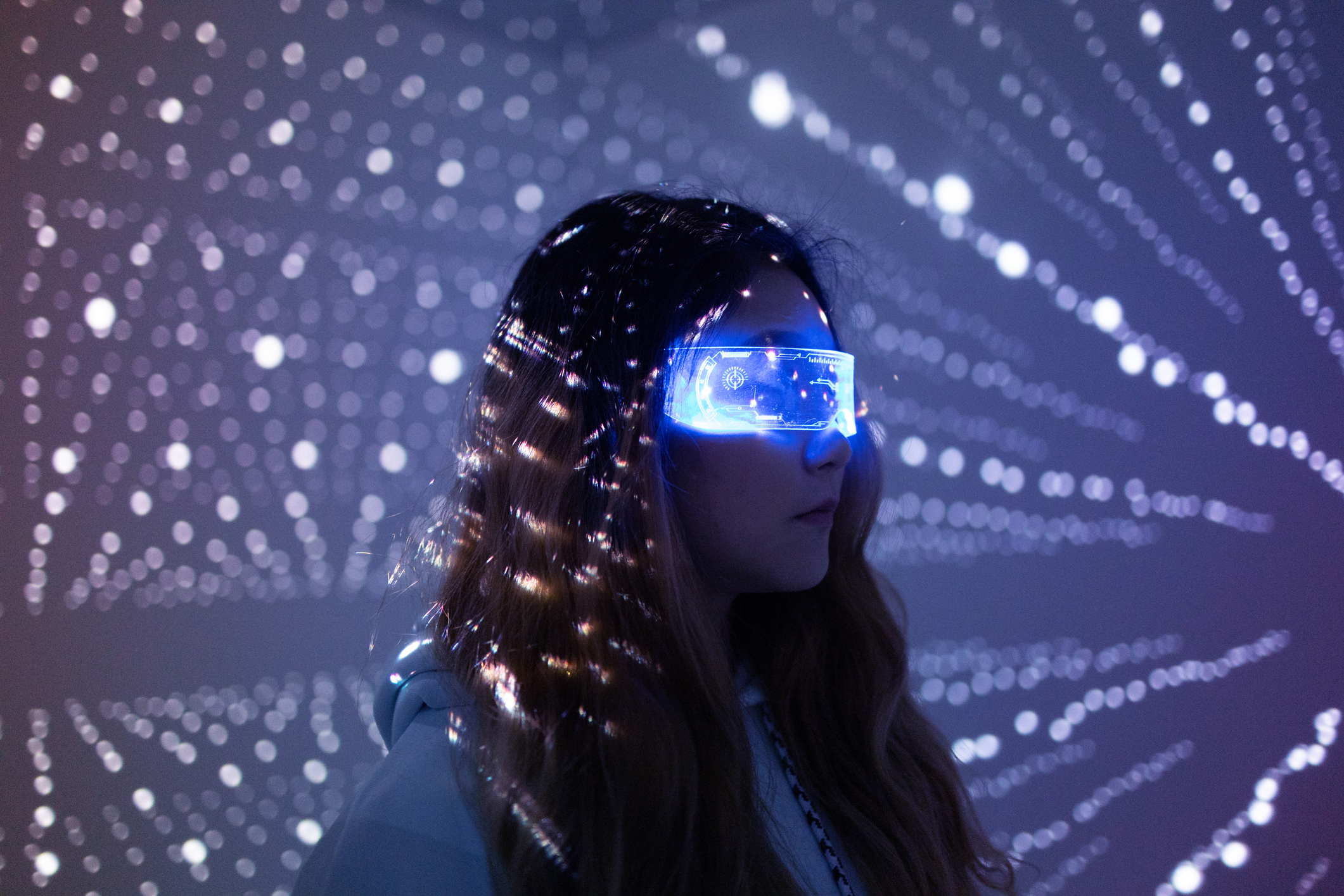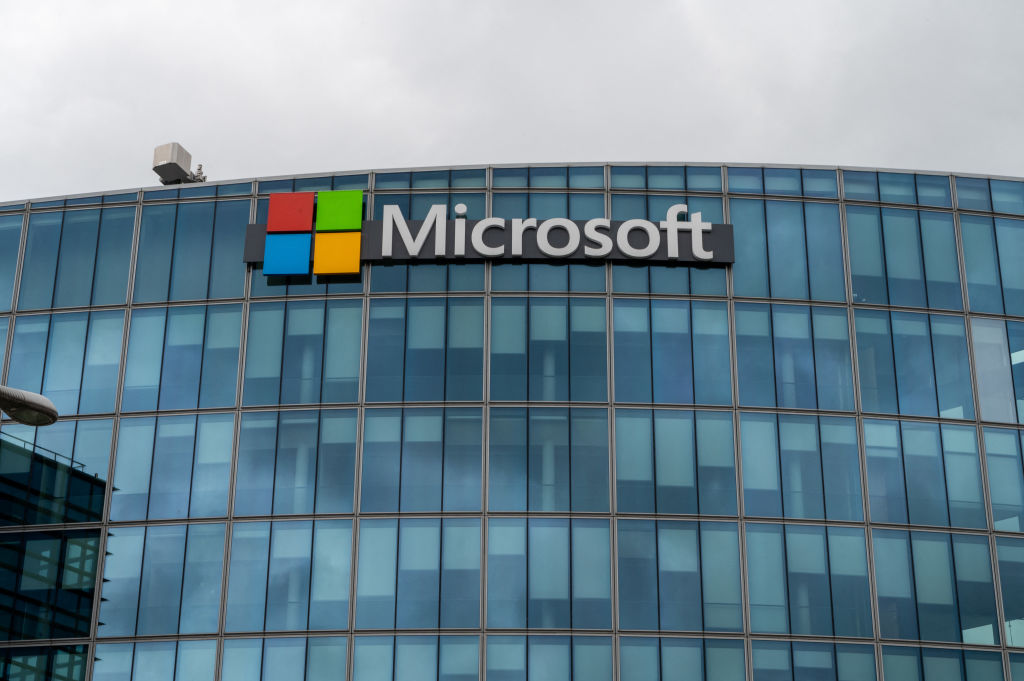Go Worldwide With T. Rowe Price Global Allocation
This one-stop fund provides instant diversification.


Building a diversified portfolio is a snap with a world allocation fund. These funds, including T. Rowe Price Global Allocation (RPGAX), invest in a mix of stocks and bonds across the globe.
"We view the fund as a core holding," says Charles Shriver, one of the fund's two managers. "It's a one-stop shop."
Shriver and his co-manager, Toby Thompson, make the big-picture calls of how to position the portfolio. They start with a target of 60% U.S. and foreign stocks, 29% U.S. and foreign bonds, and 11% alternative investments, then tilt the fund toward certain asset classes – large- versus small-company stocks, say, or growth versus value, or emerging-markets versus developed-world stocks or bonds – depending on their view of the world.

Sign up for Kiplinger’s Free E-Newsletters
Profit and prosper with the best of expert advice on investing, taxes, retirement, personal finance and more - straight to your e-mail.
Profit and prosper with the best of expert advice - straight to your e-mail.
The managers leave the bond and stock selection to the firm's specialists and a deep bench of research analysts. Alphabet (GOOGL), Amazon.com (AMZN) and Microsoft (MSFT) are the fund’s biggest stock holdings; short- and long-term Treasuries are its biggest bond positions. For small stakes in certain asset classes, Shriver and Thompson may invest in another fund. "In floating-rate loans, for example, a fund offers instant, broad diversification and liquidity," says Shriver.

The system has worked well. Over the past five years, the fund has returned 10.8% annualized, which beat 93% of world allocation funds. In every full calendar year since its launch in mid-2013, the fund's returns have ranked among the top third or better of its peers.
The fund's alternatives segment consists of a hedge fund of funds run by asset management firm Blackstone (7% of assets at the end of 2020) and a stake in T. Rowe Price Dynamic Global Bond fund (4% of assets), which has a flexible investment mandate. The bond fund is a low-volatility diversifier, says Shriver. "In a rising-rate environment, traditional bonds may not be as defensive as they have been historically."
For now, Shriver says the fund has a "modest underweight" position in stocks – 54% of assets – with 33% in bonds and the rest in alternatives and cash. The managers have balanced that with floating-rate loans, which will benefit from rising rates, and short-term inflation-protected securities as a hedge against inflation.
Get Kiplinger Today newsletter — free
Profit and prosper with the best of Kiplinger's advice on investing, taxes, retirement, personal finance and much more. Delivered daily. Enter your email in the box and click Sign Me Up.

Nellie joined Kiplinger in August 2011 after a seven-year stint in Hong Kong. There, she worked for the Wall Street Journal Asia, where as lifestyle editor, she launched and edited Scene Asia, an online guide to food, wine, entertainment and the arts in Asia. Prior to that, she was an editor at Weekend Journal, the Friday lifestyle section of the Wall Street Journal Asia. Kiplinger isn't Nellie's first foray into personal finance: She has also worked at SmartMoney (rising from fact-checker to senior writer), and she was a senior editor at Money.
-
 Stock Market Today: Stocks Struggle Amid Tariff Uncertainty
Stock Market Today: Stocks Struggle Amid Tariff UncertaintyBoeing dropped after China suspended new aircraft orders, while Bank of America and Citi climbed on earnings beats.
By Karee Venema
-
 Starbucks 2025 Dress Code Changes: See the New Look
Starbucks 2025 Dress Code Changes: See the New LookThe 2025 Starbucks dress code change features a uniformed look as part of creating a more familiar and friendly cafe experience.
By Sean Jackson
-
 Why Microsoft Stock Is Sinking After Earnings
Why Microsoft Stock Is Sinking After EarningsMicrosoft is the worst Dow Jones stock Thursday as the tech giant's soft outlook offsets an earnings beat. Here's what you need to know.
By Joey Solitro
-
 Stock Market Today: Stocks Struggle After Meta, Microsoft Earnings
Stock Market Today: Stocks Struggle After Meta, Microsoft EarningsAll three major indexes closed lower on Thursday, making for a grim Halloween.
By David Dittman
-
 Why Microsoft Is the Worst Dow Jones Stock After Earnings
Why Microsoft Is the Worst Dow Jones Stock After EarningsMicrosoft stock is sinking Thursday even after the tech giant reported higher-than-expected earnings for its fiscal first quarter. Here's what you need to know.
By Joey Solitro
-
 The Big Questions for AR’s Future
The Big Questions for AR’s FutureThe Letter As Meta shows off a flashy AR prototype, Microsoft quietly stops supporting its own AR headset. The two companies highlight the promise and peril of AR.
By John Miley
-
 Microsoft Hikes Dividend, Announces $60 Billion Stock Buyback
Microsoft Hikes Dividend, Announces $60 Billion Stock BuybackMicrosoft The tech giant is returning even more cash to shareholders.
By Dan Burrows
-
 Microsoft Eliminates Another 650 Positions at Xbox Gaming
Microsoft Eliminates Another 650 Positions at Xbox GamingMicrosoft stock is down slightly after announcing another round of layoffs in its Xbox gaming division. Here's what you need to know.
By Joey Solitro
-
 Is Microsoft Stock Still a Buy After Earnings?
Is Microsoft Stock Still a Buy After Earnings?Microsoft is lower after the tech giant's soft cloud growth and revenue guidance, but analysts still love the Dow stock. Here's what you need to know.
By Joey Solitro
-
 Stock Market Today: Nasdaq Slumps Ahead of Microsoft Earnings
Stock Market Today: Nasdaq Slumps Ahead of Microsoft EarningsThe S&P 500 also closed lower Tuesday, while the Dow Jones Industrial Average managed a win.
By Karee Venema